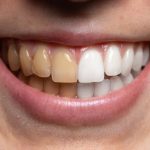Stop the Bleeding: Learn How to Properly Floss Your Teeth to Avoid Bleeding Gums

Bleeding gums are a common problem that many people face when brushing or flossing their teeth. Often ignored or disregarded as a minor inconvenience, bleeding gums can lead to serious dental problems if left untreated. Gum disease is a leading cause of tooth loss and can even affect your overall health. That is why it is essential to properly floss your teeth to avoid bleeding gums and other dental issues. Flossing is a simple yet effective way to remove plaque and debris from between your teeth, preventing the buildup of harmful bacteria that can lead to gum disease. However, many people do not floss correctly, which can cause bleeding gums. Learning how to properly floss your teeth is an essential part of maintaining excellent oral health and preventing dental problems. In this article, we will discuss the importance of flossing, the proper technique for flossing your teeth, and tips to help you maintain a healthy smile.
Oral hygiene is crucial for maintaining healthy teeth and gums. Brushing and flossing daily help remove plaque and bacteria that can cause tooth decay and gum disease. Bleeding gums are a common problem that can occur when brushing or flossing, and it is often a sign of gingivitis, an early stage of gum disease. Ignoring bleeding gums can lead to more serious gum disease, which can cause tooth loss and other health problems. Flossing regularly and properly can help prevent bleeding gums by removing debris and plaque from areas that brushing alone cannot reach. It is essential to maintain good oral hygiene habits and visit a dentist regularly to prevent and treat bleeding gums and other dental problems.
Understanding the Causes of Bleeding Gums

Bleeding gums can be a common problem for many people, but it’s important to understand the causes behind this issue to properly address it. One of the most common reasons for bleeding gums is poor oral hygiene. When plaque and bacteria build up in the mouth, they can irritate the gums and cause inflammation. This can lead to bleeding when brushing or flossing. It’s important to maintain a regular oral hygiene routine of brushing twice a day and flossing daily to remove any buildup and prevent bleeding gums. Another cause of bleeding gums is gum disease. Gum disease is a bacterial infection that affects the gums and can lead to tooth loss if left untreated. Symptoms of gum disease include bleeding gums, bad breath, and a receding gum line. It’s important to visit a dentist regularly to catch and treat gum disease early on. Additionally, lifestyle factors such as smoking, stress, and poor diet can also contribute to bleeding gums. By understanding the root causes of bleeding gums, individuals can take the necessary steps to prevent and treat this common issue.
Bleeding gums are a common dental problem that can be caused by several factors, the two main ones being gum disease and improper dental hygiene. Gum disease, also known as periodontitis, occurs when plaque buildup causes inflammation and infection in the gums. This can lead to bleeding, swelling, and even tooth loss if left untreated. Improper dental hygiene, on the other hand, involves not brushing or flossing regularly, which can cause a buildup of bacteria and plaque that irritates the gums and causes them to bleed. Other factors that may contribute to bleeding gums include hormonal changes, certain medications, and vitamin deficiencies. It is important to address bleeding gums promptly, as it can be a sign of a more serious dental issue. By practicing good oral hygiene habits and seeking regular dental care, you can help prevent bleeding gums and maintain optimal oral health.
The Right Way to Floss Your Teeth
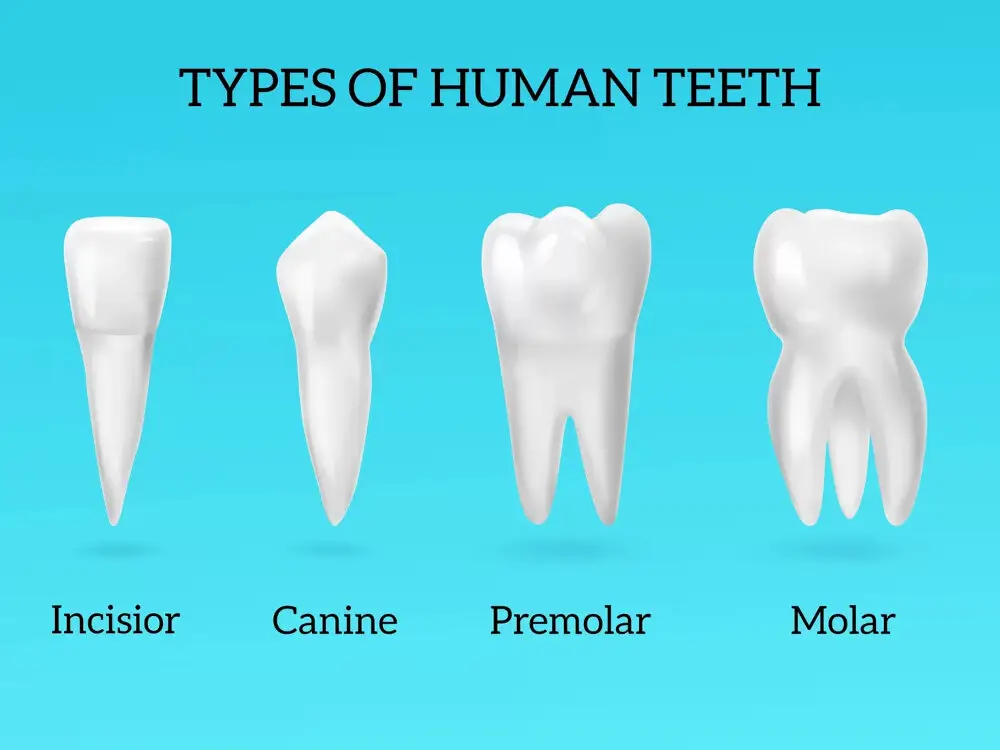
Flossing is an essential part of dental hygiene that helps to remove plaque and food particles from between teeth and gums. However, improper flossing techniques can lead to bleeding gums, which can be uncomfortable and painful. To floss your teeth correctly, start by breaking off a piece of floss about 18 inches long. Wrap the floss around your middle fingers, leaving about an inch of floss between your fingers. Use your thumbs and index fingers to guide the floss gently between your teeth, moving it back and forth in a sawing motion. Be careful not to snap the floss against your gums, as this can cause irritation and bleeding. Once you reach the gum line, curve the floss around the base of the tooth and use an up-and-down motion to clean the area. Repeat this process for each tooth, using a clean section of floss for each space. It’s important to floss at least once a day to maintain good oral health and prevent gum disease. If you experience bleeding gums while flossing, don’t be discouraged. Bleeding is a sign of inflammation, which means that your gums are reacting to bacteria and debris that have accumulated in the area. With consistent flossing and good oral hygiene habits, your gums will become healthier and less prone to bleeding. If bleeding persists, consult with your dentist or dental hygienist for advice on proper flossing techniques and other treatments that may be necessary to prevent gum disease. Remember, flossing is a simple but effective way to keep your teeth and gums healthy, so make it a regular part of your dental routine.
Proper flossing technique is essential to maintain healthy gums and avoid bleeding. First, take a piece of floss about 18 inches long and wind it around your middle fingers, leaving a few inches of floss to work with. Hold the floss tightly between your thumbs and index fingers, and gently slide it between your teeth using a back-and-forth motion. Be careful not to snap the floss into your gums, which can cause bleeding. Curve the floss around the base of each tooth, making sure to go beneath the gumline. Use a clean section of floss for each tooth, and be sure to rinse your mouth thoroughly afterward. With regular flossing, you can prevent bleeding gums and keep your smile healthy and bright.
Other Tips for Maintaining Healthy Gums
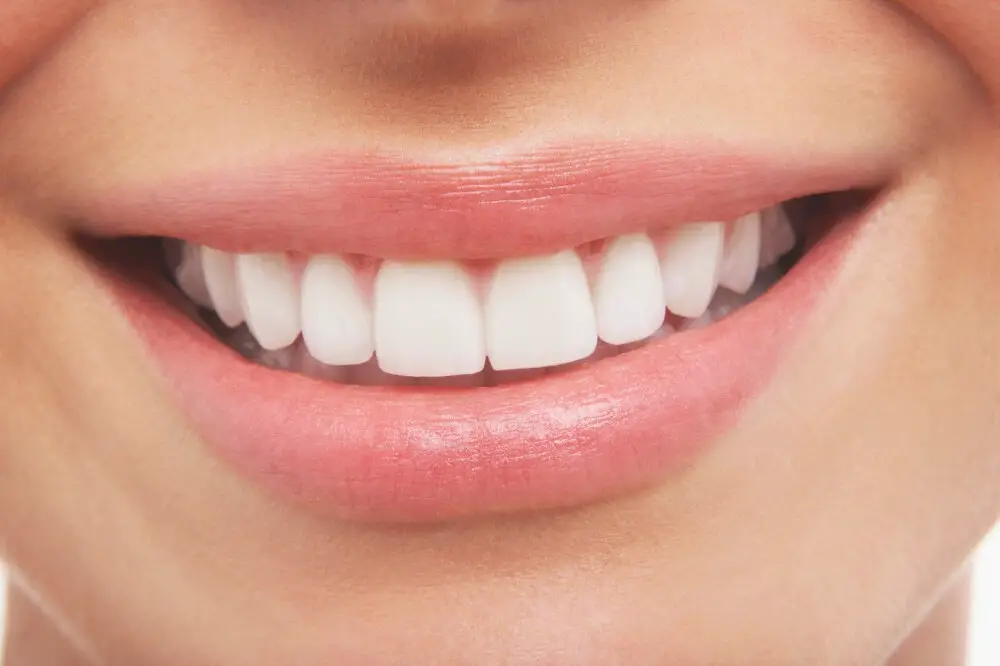
In addition to proper flossing techniques, there are several other tips for maintaining healthy gums. One important step is to brush your teeth twice a day with a fluoride toothpaste. This helps to remove plaque and bacteria that can build up on your teeth and gums. It is also important to use a soft-bristled toothbrush and to replace it every three to four months. Brushing too hard or with a hard-bristled brush can damage your gums and cause them to bleed. Another tip for healthy gums is to eat a healthy diet. Foods that are high in sugar and carbohydrates can increase the amount of plaque and bacteria in your mouth, which can lead to gum disease. On the other hand, foods that are high in vitamins and minerals, such as fruits and vegetables, can help to strengthen your gums and prevent bleeding. Drinking plenty of water can also help to wash away food particles and bacteria that can cause gum disease. By following these tips, you can help to maintain healthy gums and prevent bleeding when you floss.
Apart from flossing, there are other habits and practices that can help maintain healthy gums. Using mouthwash after brushing can help kill bacteria and freshen breath. However, it should not be used as a substitute for brushing and flossing. Regular visits to the dentist are also essential to prevent and treat gum disease. A professional cleaning can remove plaque and tartar buildup that cannot be removed by brushing alone. Additionally, the dentist can identify any early signs of gum disease and provide appropriate treatment. Maintaining a healthy diet, quitting smoking, and reducing stress can also contribute to healthy gums. By adopting these habits and practices, you can help prevent bleeding gums and ensure overall oral health.
When to Seek Professional Help
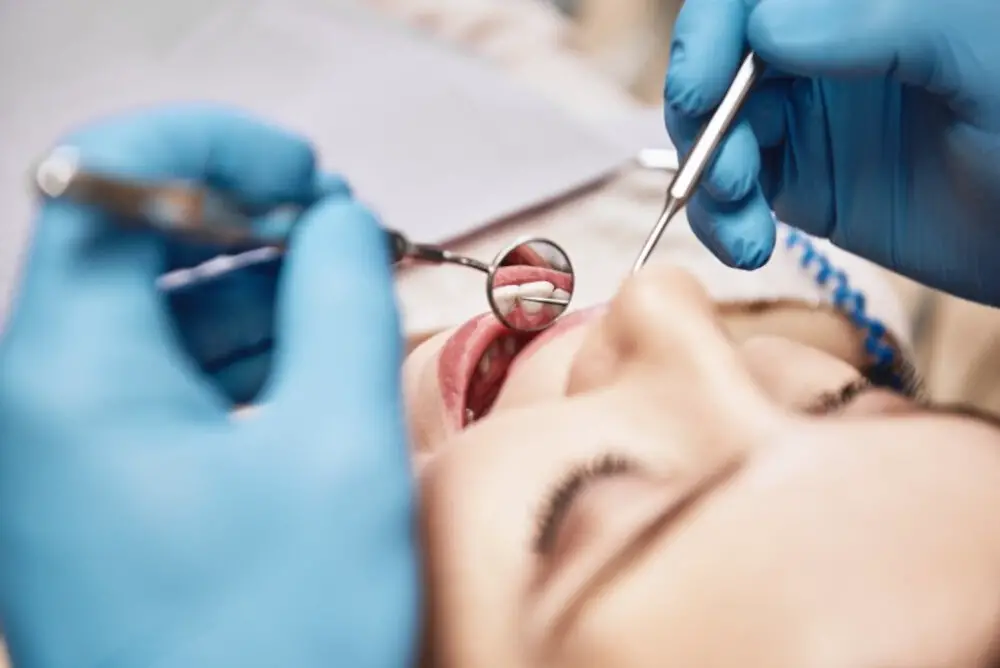
If you are experiencing bleeding gums while flossing, it might be time to seek professional help. Bleeding gums can be a sign of gum disease, which can lead to more serious dental problems if left untreated. A dentist or periodontist can diagnose the underlying cause of your bleeding gums and provide you with the necessary treatment to prevent further damage to your teeth and gums. In addition to bleeding gums, other signs that you may need to seek professional help include swollen or tender gums, loose teeth, bad breath, and changes in your bite. If you are experiencing any of these symptoms, it is important to schedule an appointment with your dentist as soon as possible. Early intervention is key to preventing further damage and preserving your dental health. Remember, prevention is always better than cure, so taking care of your teeth and gums with proper dental hygiene practices and regular dental check-ups is essential for maintaining good oral health.
Bleeding gums are a common occurrence for many people during brushing or flossing but can also indicate a more serious dental problem. If bleeding persists for more than a week, it could be a sign of gum disease, which is caused by bacteria and can lead to tooth loss if left untreated. Other symptoms of gum disease include swollen or tender gums, bad breath, and receding gums. If you experience any of these symptoms, it is important to seek professional help from a dentist or periodontist as soon as possible. They can provide a proper diagnosis and recommend a treatment plan to help improve your oral health and prevent further damage to your teeth and gums.
Maintaining proper dental hygiene is crucial in preventing various dental problems, such as cavities, gum disease, and bad breath. One of the key components of dental hygiene is flossing, which helps remove food particles and plaque from between teeth and along the gum line. Healthy gums play a critical role in maintaining overall oral health, as they provide a protective barrier against harmful bacteria and plaque buildup. Additionally, healthy gums are essential for preventing gum disease, which can lead to tooth loss if left untreated. By practicing good dental hygiene, including regular flossing and brushing, individuals can enjoy the benefits of healthy gums, such as reduced risk of gum disease, fresher breath, and a brighter, more confident smile.
Conclusion
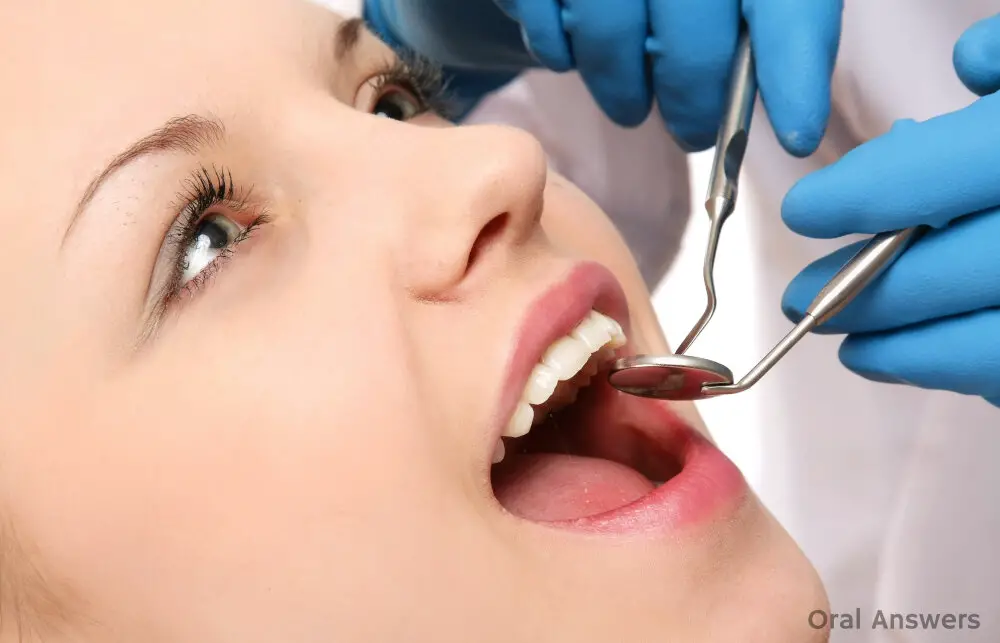
In conclusion, proper flossing technique is essential for maintaining healthy gums and preventing bleeding. Neglecting to floss regularly can lead to an accumulation of plaque and bacteria, which can cause gum disease and other oral health problems. By incorporating flossing into your daily oral hygiene routine and using the correct technique, you can effectively remove food particles and plaque from between your teeth and prevent bleeding gums. Remember, bleeding gums are not normal and should not be ignored. Take the time to properly care for your teeth and gums to achieve a healthy and beautiful smile.





